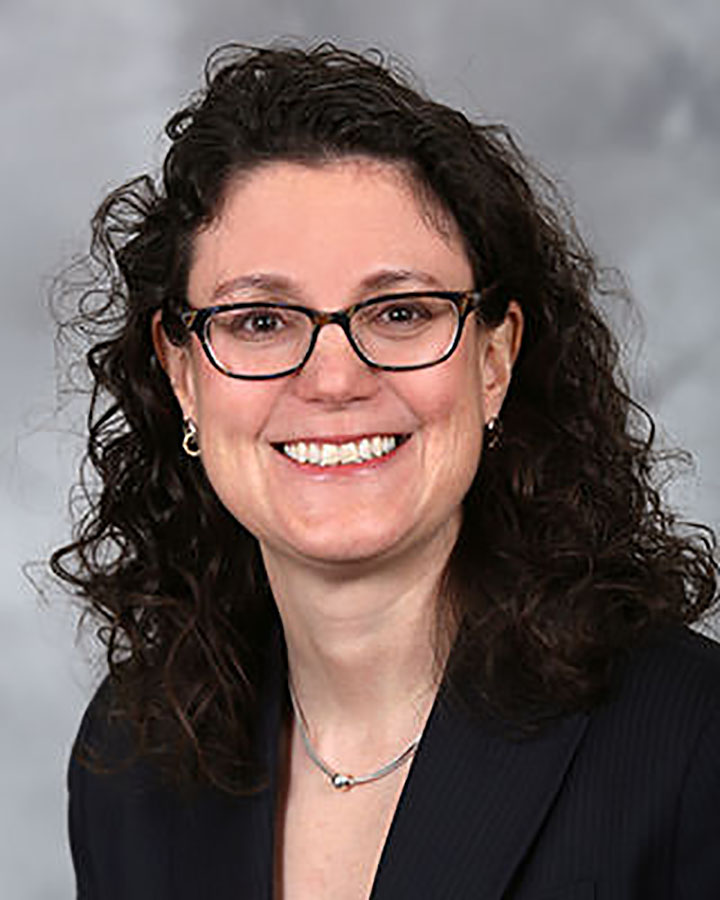Commentary by Cecelia E. Schmalbach
Fact #1: Melanoma is a leading cause of death.

There are two classifications of skin cancer: melanoma (which can aggressively spread throughout the body) and non-melanoma (basal cell or squamous cell carcinoma, which responds to treatment fairly well and has a lower rate of spreading).
Melanoma is often a result of an intense sunburn. Just one sunburn in your entire life puts you at greater risk for melanoma. According to OutrunTheSun.org “more than 120,000 Americans are diagnosed with melanoma each year.” Melanoma is the first-leading cause of death among women ages 25 to 29 and the second-leading cause of death among those ages 30 to 35.
On the other hand, non-melanoma skin cancer is often a result of cumulative exposure to the sun over time, such as occurs with prolonged outdoor activities and professions. Though this category of skin cancer is the less intensive of the two, it is far more common and can still be deadly. The National Cancer Institute estimates that 50 percent of all Americans will be diagnosed with either basal cell or squamous cell cancer before the age of 65.
Fact #2: All skin tones can get skin cancer.
While fair-skinned people are more likely to get skin cancer, those with darker skin can develop the disease as well. Anyone can get a sunburn, which increases the risk for melanoma. In fact, non-whites diagnosed with melanoma tend to experience a more aggressive stage and worse survival rates.
Fact #3: Tanning booths increase your risk.
Many believe that if they get a “baseline” tan from a tanning booth, they will not burn as easily when they go on vacation. Unfortunately, there is no evidence to support that theory. In fact, the risk of skin cancer from tanning booths is greater than the risk of lung cancer from cigarette smoking. One tanning session in your lifetime increases your risk of skin cancer. This has prompted some countries, such as Brazil, to outlaw tanning booths altogether.
Fact #4: Prevention and early detection can save your life.
When outdoors, cover up. Stay in the shade, wear wide-brimmed hats, and use sun block of at least SPF 30. Try to avoid being in direct sunlight during the peak hours of 10 a.m. to 4 p.m. Approximately one-third of all occurrences of skin cancer are caught with self-checks, so pay attention to your skin and changes over time. You may have heard about the ABCD warning signs of skin cancer (Asymmetry, Border irregularity, Color variation, and Diameter), but equally important is to be vigilantly aware of E: Evolution, or change. Contact your primary care provider or your dermatologist for consultation if you have a concern
Cecelia E. Schmalbach, MD, MSc, FACS is an otolaryngology-head & neck surgeon specializing in skin cancer. She is a guest columnist and located at IU Health Physicians Ear, Nose, & Throat, 550 N. University Boulevard, Suite 3170, in Indianapolis. She also has offices at Indiana University Health North Medical Center and the Simon Cancer Center. She can be reached by calling the office at 317.948.3226.



